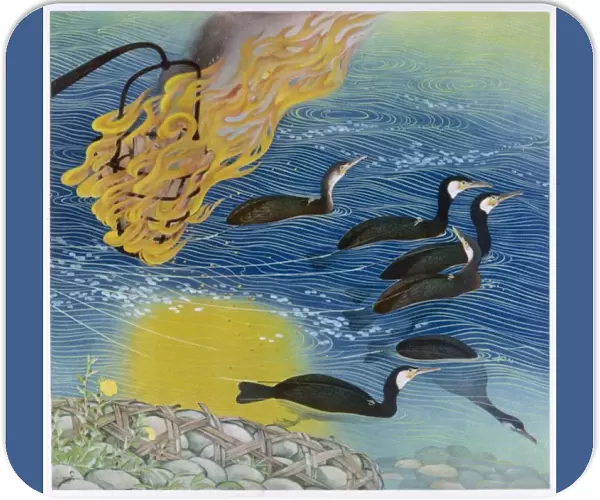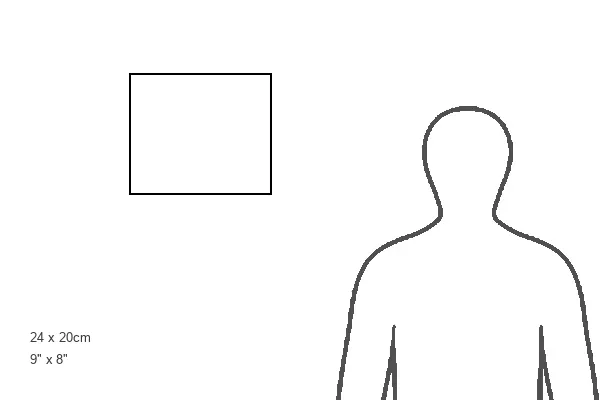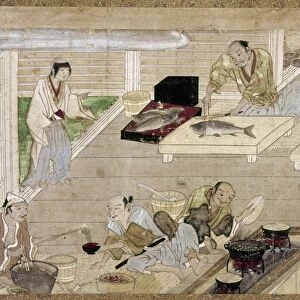Mouse Mat : Japanese Fishing 1933
![]()

Home Decor from Mary Evans Picture Library
Japanese Fishing 1933
Japanese fishing with beacons to attract the fish and cormorants to catch them Date: 1933
Mary Evans Picture Library makes available wonderful images created for people to enjoy over the centuries
Media ID 580699
© Mary Evans Picture Library 2015 - https://copyrighthub.org/s0/hub1/creation/maryevans/MaryEvansPictureID/10025191
1933 Attract Beacon Catch Cormorant
Mouse Pad
Standard Size Mouse Pad 7.75" x 9..25". High density Neoprene w linen surface. Easy to clean, stain resistant finish. Rounded corners.
Archive quality photographic print in a durable wipe clean mouse mat with non slip backing. Works with all computer mice
Estimated Product Size is 23.7cm x 20.2cm (9.3" x 8")
These are individually made so all sizes are approximate
Artwork printed orientated as per the preview above, with landscape (horizontal) orientation to match the source image.
EDITORS COMMENTS
This evocative photograph captures a moment in the rich and ancient tradition of Japanese fishing, as it was practiced in the early 20th century. The scene unfolds on the shores of a tranquil lake, where a group of skilled fishermen and their cormorant fishing partners are gathered. The men, dressed in traditional clothing, wade waist-deep in the water, holding long rods with bright beacons attached to the ends. These beacons, or lanterns, are used to attract schools of fish towards the shore. The cormorants, trained for this purpose, are tethered to the fishermen with long ropes around their necks. As the fish are drawn to the beacons, the birds dive underwater to catch them in their beaks. The fishermen then retrieve the fish, one by one, from the birds' mouths, ensuring that the largest and most desirable catches are kept for themselves. This traditional method of fishing, known as "unagi-awan" or "cormorant fishing," has a long history in Japan, dating back over a thousand years. It is believed to have originated in China and was introduced to Japan during the Heian period (794-1185 AD). The practice was popularized during the Edo period (1603-1868 AD) and continues to be a cultural tradition in some areas of Japan today. This photograph, taken in 1933, offers a glimpse into the past, showcasing the harmony between humans and nature, as well as the unique relationship between fishermen and their cormorant partners. It is a testament to the rich history and traditions of Japanese fishing, which have been passed down through generations.
MADE IN THE USA
Safe Shipping with 30 Day Money Back Guarantee
FREE PERSONALISATION*
We are proud to offer a range of customisation features including Personalised Captions, Color Filters and Picture Zoom Tools
SECURE PAYMENTS
We happily accept a wide range of payment options so you can pay for the things you need in the way that is most convenient for you
* Options may vary by product and licensing agreement. Zoomed Pictures can be adjusted in the Cart.



